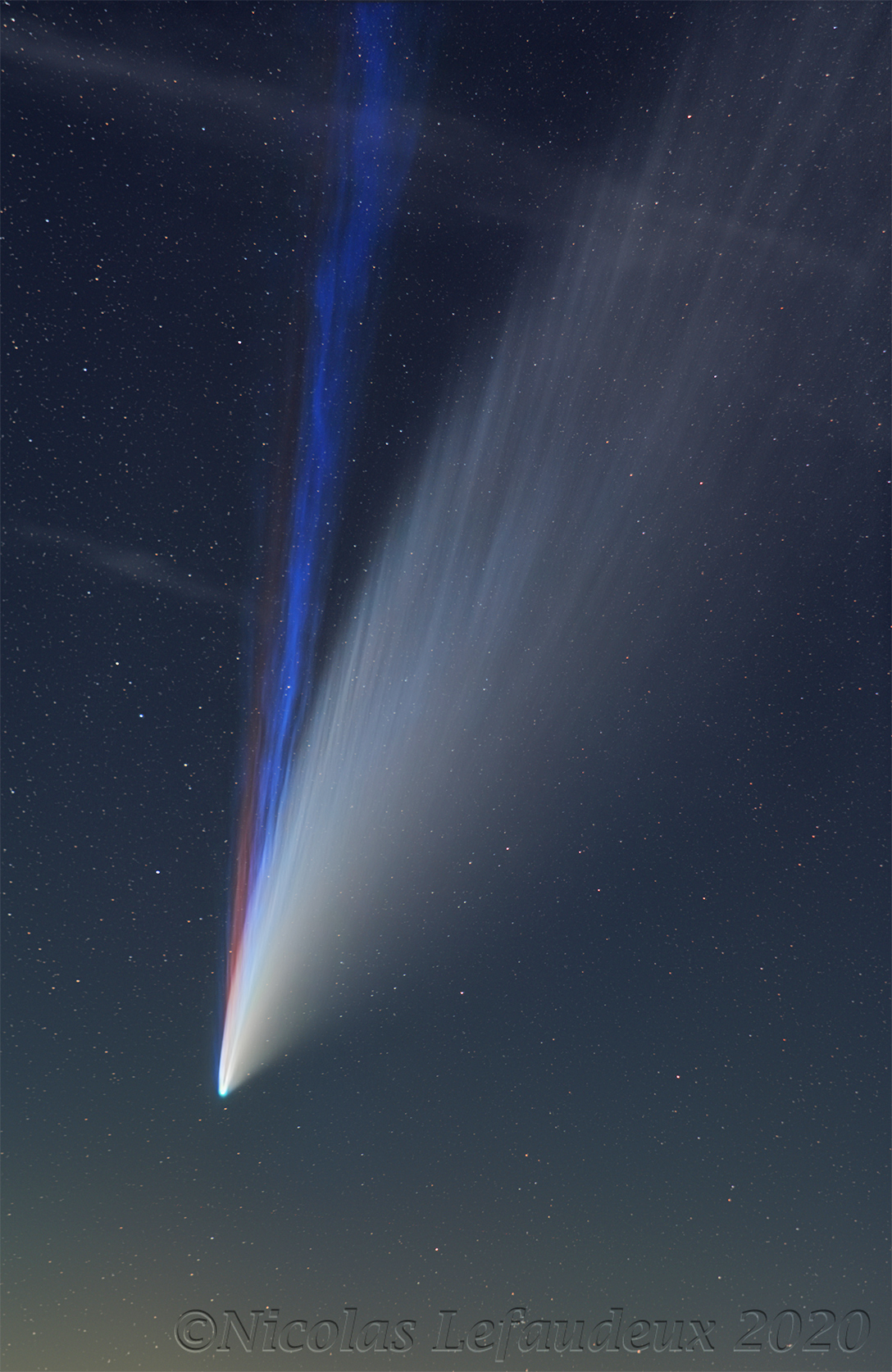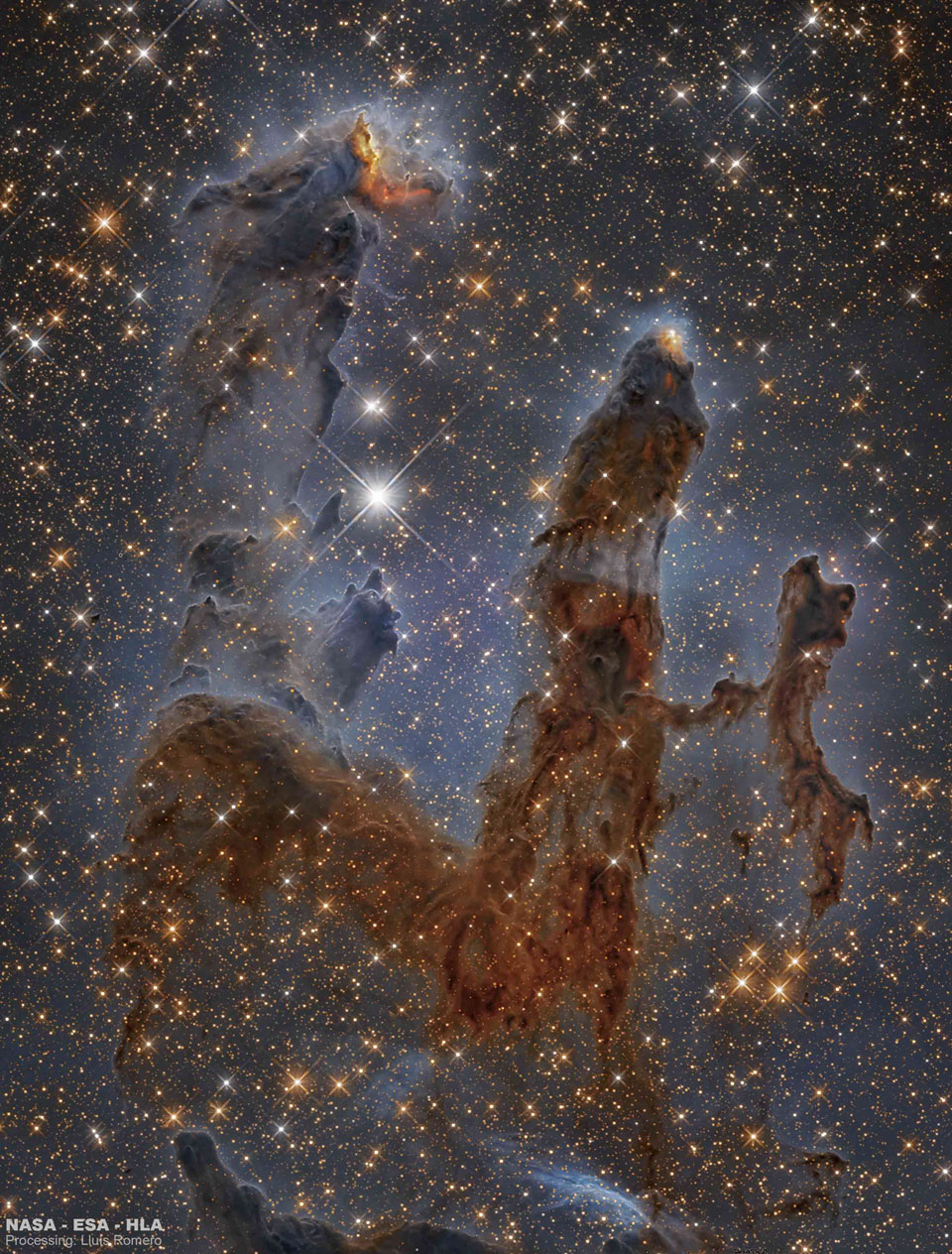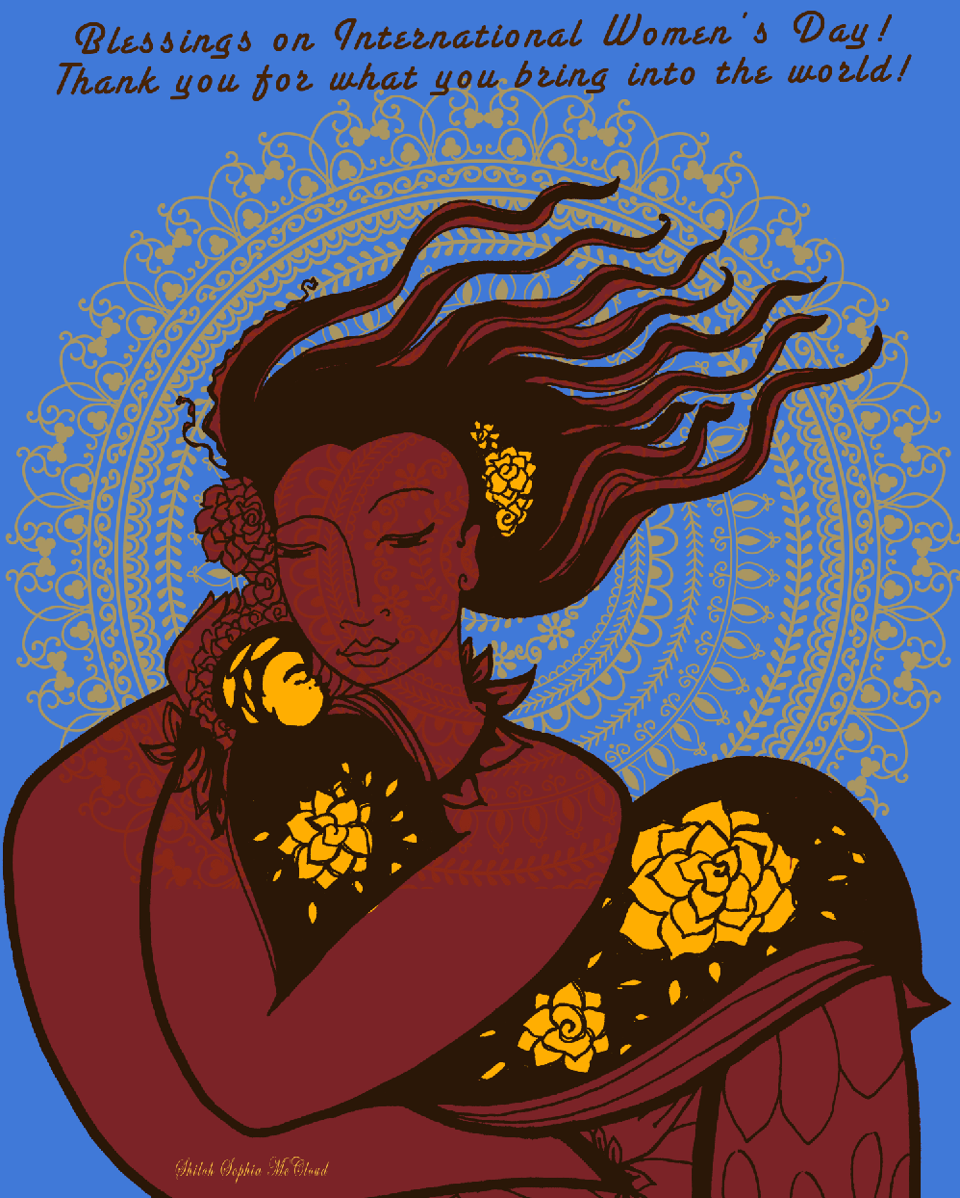Blog
Lloyd Price (born March 9, 1933) is an American R&B vocalist, known as “Mr. Personality”, after his 1959 million-selling hit, “Personality“. His first recording, “Lawdy Miss Clawdy“, was a hit for Specialty Records in 1952. He continued to release records, but none were as popular until several years later, when he refined the New Orleans beat and achieved a series of national hits. He was inducted into the Rock and Roll Hall of Fame in 1998. Price was born and raised in Kenner, Louisiana, a suburb of New Orleans. His mother, Beatrice Price, owned the Fish ‘n’ Fry Restaurant. Price picked up lifelong interests in business and food from her. He and his younger brother Leo were both musical. He had formal training on trumpet and piano, sang in his church’s gospel choir, and was a member of a combo in high school.
Art Rupe, the owner of Specialty Records, based in Los Angeles, came to New Orleans in 1952 to record the distinctive style of rhythm and blues developing there, which had been highly successful for his competitor Imperial Records. Rupe heard Price’s song “Lawdy Miss Clawdy” and wanted to record it. Because Price did not have a band, Rupe hired Dave Bartholomew to create the arrangements and Bartholomew’s band (plus Fats Domino on piano) to back Price in the recording session. The song was a massive hit. His next release, “Oooh, Oooh, Oooh”, cut at the same session, was a much smaller hit. Price continued making recordings for Speciality, but none of them reached the charts at that time.
more...Randolph Denard Ornette Coleman (March 9 or 19, 1930 – June 11, 2015 Ft Worth, Tx) was an American jazz saxophonist, violinist, trumpeter, and composer known as a principal founder of the free jazz genre, a term derived from his 1960 album Free Jazz: A Collective Improvisation. His pioneering performances often abandoned the chordal and harmony-based structure found in bebop, instead emphasizing a jarring and avant-garde approach to improvisation.
Born in Fort Worth, Texas, Coleman began his musical career playing in local R&B and bebop groups, and eventually formed his own group in Los Angeles featuring members such as Ed Blackwell, Don Cherry, Charlie Haden, and Billy Higgins. In 1959, he released the controversial album The Shape of Jazz to Come and began a long residency at the Five Spot jazz club in New York City. His 1960 album Free Jazz would profoundly influence the direction of jazz in that decade. Beginning in the mid 1970s, Coleman formed the group Prime Time and explored funk and his concept of Harmolodic music.
Coleman’s “Broadway Blues” and “Lonely Woman” became genre standards and are cited as important early works in free jazz. His album Sound Grammar received the 2007 Pulitzer Prize for Music. AllMusic called him “one of the most important (and controversial) innovators of the jazz avant-garde.
more...
https://www.youtube.com/watch?v=5I5D1cBDztU
more...
What created the unusual red tail in Comet NEOWISE? Sodium. A spectacular sight back in the summer of 2020, Comet NEOWISE, at times, displayed something more than just a surprisingly striated white dust tail and a pleasingly patchy blue ion tail. Some color sensitive images showed an unusual red tail, and analysis showed much of this third tail’s color was emitted by sodium. Gas rich in sodium atoms might have been liberated from Comet NEOWISE‘s warming nucleus in early July by bright sunlight, electrically charged by ultraviolet sunlight, and then pushed out by the solar wind. The featured image was captured in mid-July from Brittany, France and shows the real colors. Sodium comet tails have been seen before but are rare — this one disappeared by late July. Comet C/2020 F3 (NEOWISE) has since faded, lost all of its bright tails, and now approaches the orbit of Jupiter as it heads back to the outer Solar System, to return only in about 7,000 years.

William Edward Childs (born March 8, 1957) is an American jazz pianist, arranger and conductor from Los Angeles, California, United States.
When he was sixteen, he attended the Community School of the Performing Arts sponsored by the University of Southern California. He studied music theory with Marienne Uszler and piano with John Weisenfluh. From 1975–’79 he attended the University of Southern California and received a degree in composition under the tutelage of Robert Linn. His sister is the playwright Kirsten Childs. Childs was playing professionally as a teenager, and he made his recording debut in 1977 with the J. J. Johnson Quintet during a tour of Japan that is documented as the Yokohama Concert. He gained significant attention during his six-years (1978–84) playing with trumpeter Freddie Hubbard‘s group. While influenced early on in his playing by Herbie Hancock, Keith Emerson, and Chick Corea and in his composing by Paul Hindemith, Maurice Ravel, and Igor Stravinsky, Childs nevertheless had an original conception of his own from near the start, developing his own voice as both a pianist and a composer in jazz and classical music genres.
more...Gábor István Szabó (March 8, 1936 – February 26, 1982) was a Hungarian American guitarist whose style incorporated jazz, pop, rock, and Hungarian music.
Szabó was born in Budapest, Hungary. He began playing guitar at the age of 14. In the aftermath of the Hungarian revolution of 1956, he moved to California and later attended the Berklee College of Music in Boston between 1958 and 1960. In 1961, Szabó became member of a quintet that was led by Chico Hamilton and included Charles Lloyd, playing what has been described as chamber jazz, with “a moderate avant-gardism.” Szabó was influenced by the rock music of the 1960s, particularly the use of feedback. In 1965 he was in a jazz pop group led by Gary McFarland, then worked again with Lloyd in an energetic quartet with Ron Carter and Tony Williams. The song “Gypsy Queen” from Szabó’s debut solo album Spellbinder became a hit for rock guitarist Carlos Santana. During the late 1960s, Szabó worked in a group with guitarist Jimmy Stewart. He started the label Skye Records with McFarland and Cal Tjader. He had discussed plans to record a Christmas album with his American group upon his return. But on February 26, 1982, Gabor Szabo finally succumbed to the liver and kidney ailments hesuffered and died in the hospital. He was buried in Budapest.
https://www.youtube.com/watch?v=MkXGSRM2vf0
more...
George Edward Coleman (born March 8, 1935) is an American jazz saxophonist known for his work with Miles Davis and Herbie Hancock in the 1960s. In 2015, he was named an NEA Jazz Master.
Coleman was born in Memphis, Tennessee. He was taught how to play the alto saxophone in his teens by his older brother Lucian Adams, inspired (like many jazz musicians of his generation) by Charlie Parker. Among his schoolmates were Harold Mabern, Booker Little, Frank Strozier, Hank Crawford, and Charles Lloyd.
https://www.youtube.com/watch?v=1aoraAQ3jQY
more...John Smith Hurt (March 8, 1893 – November 2, 1966), better known as Mississippi John Hurt, was an American country blues singer and guitarist. Raised in Avalon, Mississippi, Hurt taught himself to play the guitar around the age of nine. He worked as a sharecropper and began playing at dances and parties, singing to a melodious fingerpicked accompaniment. His first recordings, made for Okeh Records in 1928, were commercial failures, and he continued to work as a farmer.
Dick Spottswood and Tom Hoskins, a blues enthusiast, located Hurt in 1963 and persuaded him to move to Washington, D.C.[5] He was recorded by the Library of Congress in 1964. This helped further the American folk music revival, which led to the rediscovery of many other bluesmen of Hurt’s era. Hurt performed on the university and coffeehouse concert circuit with other Delta blues musicians who were brought out of retirement. He also recorded several albums for Vanguard Records. Hurt returned to Mississippi, where he died, in Grenada, a year later.
Material recorded by him has been re-released by many record labels. His songs have been recorded by Bob Dylan, Dave Van Ronk, Jerry Garcia, Beck, Doc Watson, John McCutcheon, Taj Mahal, Bruce Cockburn, David Johansen, Bill Morrissey, Gillian Welch, Josh Ritter, Chris Smither, Guthrie Thomas, Parsonsfield, and Rory Block.
Hurt was born in Teoc, Carroll County, Mississippi, and raised in Avalon, Mississippi. He taught himself to play guitar at the age of nine, stealthily playing the guitar of a friend of his mother’s, who often stayed at the Hurt home while courting a woman who lived nearby. As a youth, he played old-time music for friends and at dances. He worked as a farmhand and sharecropper into the 1920s.
more...Newborn stars are forming in the Eagle Nebula. Gravitationally contracting in pillars of dense gas and dust, the intense radiation of these newly-formed bright stars is causing surrounding material to boil away. This image, taken with the Hubble Space Telescope in near infrared light, allows the viewer to see through much of the thick dust that makes the pillars opaque in visible light. The giant structures are light years in length and dubbed informally the Pillars of Creation. Associated with the open star cluster M16, the Eagle Nebula lies about 6,500 light years away. The Eagle Nebula is an easy target for small telescopes in a nebula-rich part of the sky toward the split constellation Serpens Cauda (the tail of the snake).

Christopher Taylor White (born 7 March 1943) is an English singer, songwriter, musician, and record producer.
White’s music career spans more than 50 years. He came to prominence in the mid-1960s as the bass guitarist and occasional lead vocalist of the English rock band The Zombies. White is one of the main composers of the Zombies’ music, and made major lyrical contributions to the band’s songs. He was inducted into the Rock and Roll Hall of Fame in 2019.
more...Roy Williams MBE (born 7 March 1937, Salford) is an English jazz trombonist.
Williams learned piano as a youth and did not play the trombone until he was 18. He served his National Service in the military in the late 1950s, then joined the trad jazz group of trumpeter Mike Peters and worked with Terry Lightfoot in the early 1960s.
In 1965 Williams became a member of Alex Welsh‘s band, which accompanied Ruby Braff, Wild Bill Davison, and Bud Freeman. Williams remained with Welsh until 1978, also collaborating with bandmate John Barnes in a side ensemble. He then worked with Humphrey Lyttelton (1978–1983), and in 1980 played with the Pizza Express All Stars and Benny Waters.
more...Louis Albert Cottrell Jr. (March 7, 1911 – March 21, 1978) was a Louisiana Creole jazz clarinetist and tenor saxophonist. He was the son of the influential drummer Louis Cottrell, Sr., and grandfather of New Orleans jazz drummer Louis Cottrell. As leader of the Heritage Hall Jazz Band, he performed at the famous Carnegie Hall in 1974.
Louis Cottrell was born into an upper-class Creole musical family in New Orleans. His father, Louis “Old Man” Cottrell, Sr., was a famed drummer, and cornetist Manny Perez was his godfather. The young Cottrell grew up around such great musicians as Barney Bigard, John Robichaux, and A.J. Piron. Cottrell studied clarinet under Lorenzo Tio Jr. and Bigard. He began his career in the 1920s with the Golden Rule Orchestra, and then in 1925 played with Paul “Polo” Barnes.
more...Joseph Maurice Ravel (French: [ʒɔzɛf mɔʁis ʁavɛl]; 7 March 1875 – 28 December 1937) was a French composer, pianist and conductor. He is often associated with impressionism along with his elder contemporary Claude Debussy, although both composers rejected the term. In the 1920s and 1930s Ravel was internationally regarded as France’s greatest living composer.
Born to a music-loving family, Ravel attended France’s premier music college, the Paris Conservatoire; he was not well regarded by its conservative establishment, whose biased treatment of him caused a scandal. After leaving the conservatoire, Ravel found his own way as a composer, developing a style of great clarity and incorporating elements of modernism, baroque, neoclassicism and, in his later works, jazz. He liked to experiment with musical form, as in his best-known work, Boléro (1928), in which repetition takes the place of development. Renowned for his abilities in orchestration, Ravel made some orchestral arrangements of other composers’ piano music, of which his 1922 version of Mussorgsky‘s Pictures at an Exhibition is the best known.
A slow and painstaking worker, Ravel composed fewer pieces than many of his contemporaries. Among his works to enter the repertoire are pieces for piano, chamber music, two piano concertos, ballet music, two operas and eight song cycles; he wrote no symphonies or church music. Many of his works exist in two versions: first, a piano score and later an orchestration. Some of his piano music, such as Gaspard de la nuit (1908), is exceptionally difficult to play, and his complex orchestral works such as Daphnis et Chloé (1912) require skilful balance in performance.
Ravel was among the first composers to recognise the potential of recording to bring their music to a wider public. From the 1920s, despite limited technique as a pianist or conductor, he took part in recordings of several of his works; others were made under his supervision.
more...More Posts
- Rusty Young Day
- Johnny Winter Day
- George Frideric Handel Day
- World Music with Vikku Vinayakram
- Daily Roots with Jacob Miller
- Mardi Gras Weekend 2020
- The Cosmos with NGC 5128
- Joe LaBarbera Day
- Ernie K Doe Day
- Joe Wilder Day
- Buddy Tate Day
- World Music with Manhu Band
- Daily Roots with the Selector
- Shabbat for the Soul @ Mt Zion
- The Cosmos with LDN 1622
- Corey Harris Day
- Nina Simone Day
- Eddie Higgins Day
- Tadd Dameron Day
- Flamenco Fridays with Rancapino Chico & El Perla
